Playing chords on the piano is an essential skill for any pianist. The E chord, or E major, is one of the first chords most beginners learn.
With some practice, you can easily play the E chord using the first finger. In this blog, we'll break down the process in simple steps to help you start with the right-hand fingering for an E chord.
Let's dive right in and explore the basics of the E major chord, including how it is constructed, which fingers to use, how to move it through various chord inversions, and which other chords are related to the key of E major.
- What is the E-chord?
- Conclusion
- FAQs
- 1. What is an E piano chord?
- 2. How do you play an E major chord on the piano?
- 3. What are the different inversions of the E major chord?
- 4. Can I play an E chord on a piano with both hands?
- 5. What are some songs that use the E chord?
- 6. How can I practice transitioning to the E chord?
- 7. Are there any tips for beginners learning to play the E chord?
- 8. How does the E minor chord differ from the E major chord?
- 9. Is the E chord used in other contexts besides piano?
- 10. Where can I find more resources to learn piano chords?
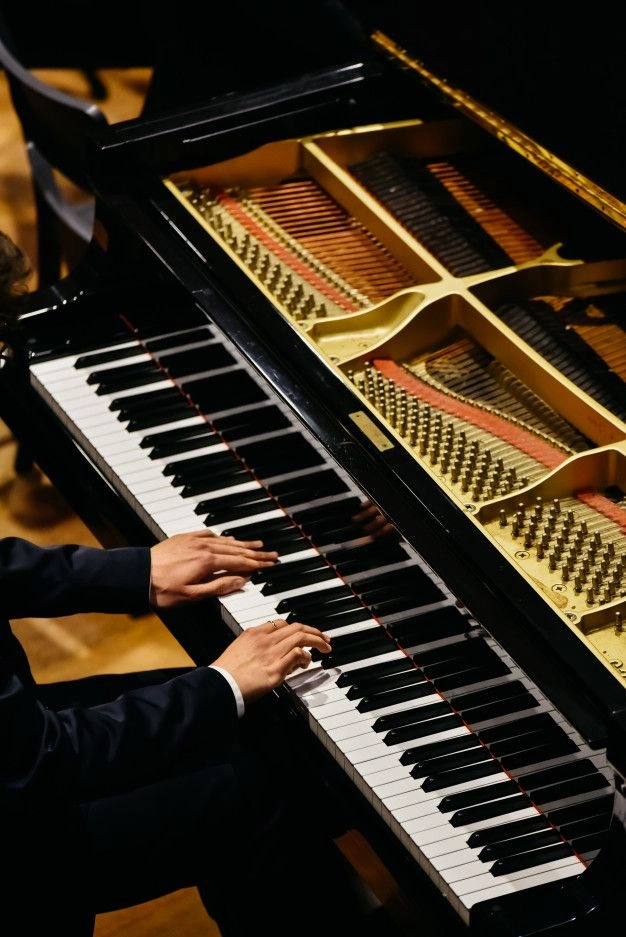
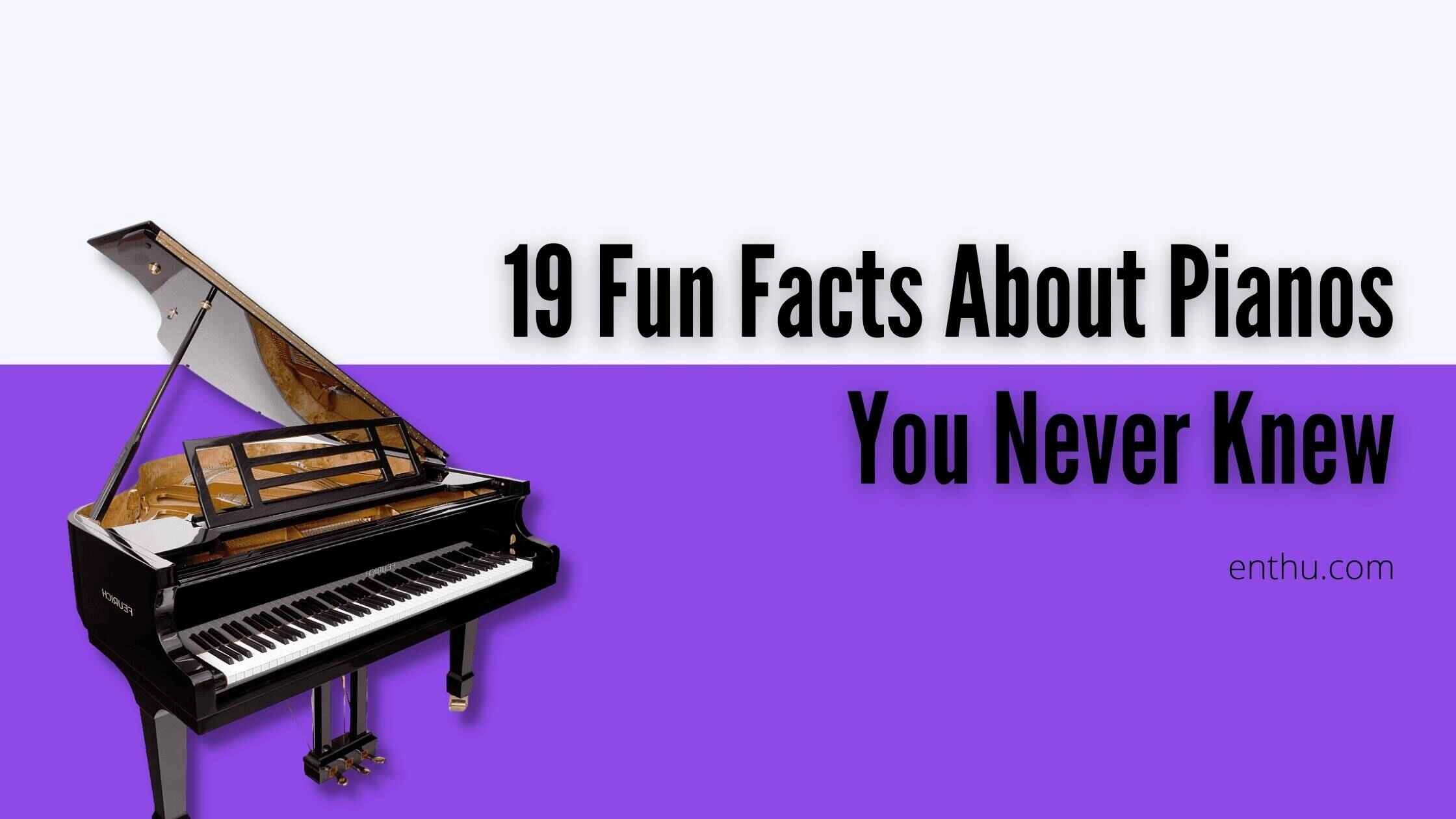
What is the E-chord?
Before we dive into playing the E chord on the piano, it's essential to understand what a chord is. In simple terms, a chord combines three or more notes played together.
The E chord is a major triad chord. It consists of the notes E, G#, and B. On the piano, an E chord is comprised of the notes: - E - 1st finger on the E key - G# - 2nd finger on G# key - B - 3rd finger on B key

The E chord is one of the most commonly used chords in music. Mastering this chord will allow you to play thousands of popular songs.
1. How to Play the E Chord
Playing the E chord on the piano is easy once you know the notes involved. Now, let's learn how to play it! Locate the Notes-

- E is located directly below the middle C note. - G# is the black key to the right of E. - B is two white keys to the right of E.
Position Your Hand and Fingers
Place your right thumb on the E key and the white key immediately to the left of the two black keys.
Place your middle finger on the G# key, which is the black key, immediately to the right of the G key.
Place your little finger on the B key, the white key immediately to the right of the two black keys.

Hand and Fingers
Your thumb can rest behind your fingers. Keep your wrist relaxed and your fingers curved.
Play the Notes Together- - Press down all three notes simultaneously with your fingers to play the E chord. Make sure you hold the notes down fully so the chord rings out clearly.
2. Playing the E Chord
in Root Position E Chord Position: Find the E note on the keyboard. It's the white key immediately to the left of a group of two black keys. Press down E with your thumb.

G# Note
Locate G# by moving two keys to the right from E (skip the black key in between). Use your middle finger to press G#.
B Note: Finally, find B by moving four keys to the right from G# (skip the black key).
Play B with your little finger. Playing Together: Play all three notes (E, G#, B) together. You've just played the E chord in the roo position!
3. Inverted E Chords
Now that you've mastered the root position E chord, let's explore some inverted versions: First Inversion E Chord:
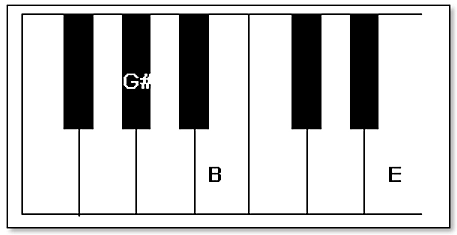
Start with G# as the lowest note (play G# with your thumb ).
Follow with B (use your middle finger).
Finish with E (play E with your little finger)

Congratulations! You played the E chord in the first inversion. Second Inversion E Chord:

Begin with B at the bottom (press B with your thumb).
Move to E (use your middle finger).
End with G# (play G# with your little finger).

4. Tips for Playing the E Chord
These valuable tips can help you master the E chord:
Posture - Sit up straight at the piano. Don't slouch your shoulders. Keep your wrists loose.
Hand position - Keep your palm directly behind your fingers as you press the keys.
Finger placement - Use the pads of your fingertips to press the keys straight down.
Listen – Press the notes down together simultaneously. Listen to the triad sound.
Practice slowly – Take your time and be precise with finger placement. Speed will come later.
Relax - Avoid tension in your hands, wrists, and arms. The notes should sound clear without straining.
1. Common Variations of the E Chord
There are a few common variations of the E chord:
E major - The basic E chord triad (E, G#, B).
E minor - Lower the middle note to G natural.
E7 - Play the E chord, then add your little finger to the D note.
E minor 7 - E minor chord with added little finger on D.
E major 7 - E chord with an added little finger on D#.
Feel free to experiment with these variations to expand your musical repertoire.
2. How to Use the E Chord
Examples of how the E chord can be used in songs: - Play E to A as I-IV chords in a simple song.
- Switch between E and E7 in a blues or rock progression.
- Move between E minor and E major for an emotional sound.
- Play E before moving to A major to end a song.
- Strum E minor 7-E7 as a tense progression in jazz or R&B songs.
Any time you see a song containing E, Em, E7, or other E chords, you'll know how to play them!
3. Get More Comfortable with the E Chord
The best way to get comfortable using the E chord is to practice it regularly. - Practice switching between E major and E minor chords. - Work on your finger dexterity by alternating E-chord inversions. -
Look up simple chord charts using E chords and play along. - Strum the E chord changing rhythms - steadily, syncopated, arpeggiated, etc. - Use the E chord as a drone and improvise a melody with your right hand. - Say chord tones out loud as you play the E chord to get them in your ear.
Keep going even if the E chord feels uncomfortable at first. Be patient and keep practicing in short intervals every day. You'll be playing the E chord with ease in no time!
4. Fun Songs to Play Using The
E Chord Now that you've learned how to play the E chord, you can play some popular songs that feature this chord. Here are a few to get you started:
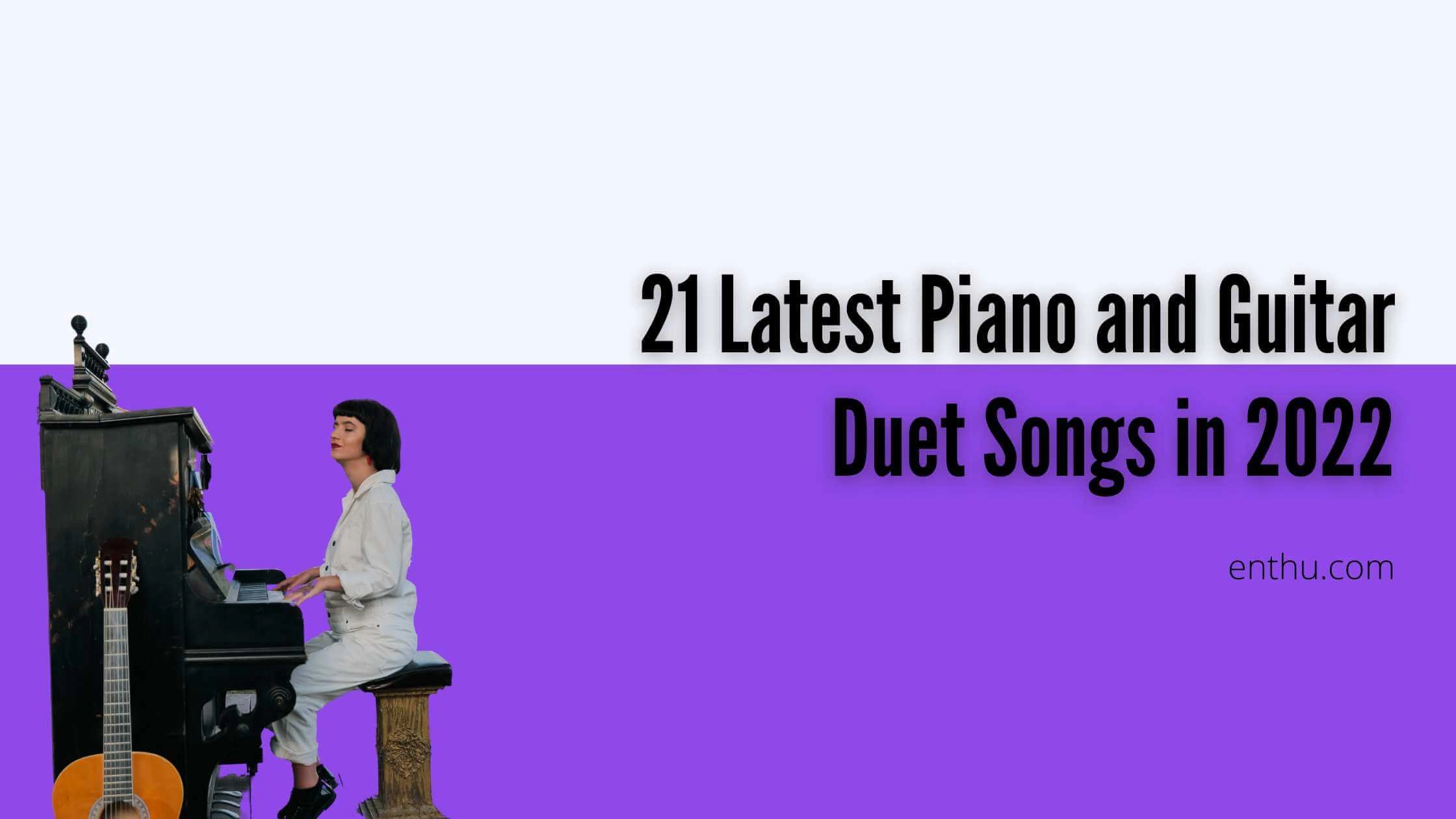
"Imagine" by John Lennon: This classic song features the E chord and is excellent for practicing chord transitions.
"Counting Stars" by OneRepublic: Another popular song with the E chord that's fun to play.
"I'm Yours" by Jason Mraz: This song uses the E chord prominently and is perfect for beginners.
"With or Without You" by U2: This iconic song includes the E chord and is a great way to challenge yourself
13 Emotional Piano Songs When You Are Feeling Blueenthu.com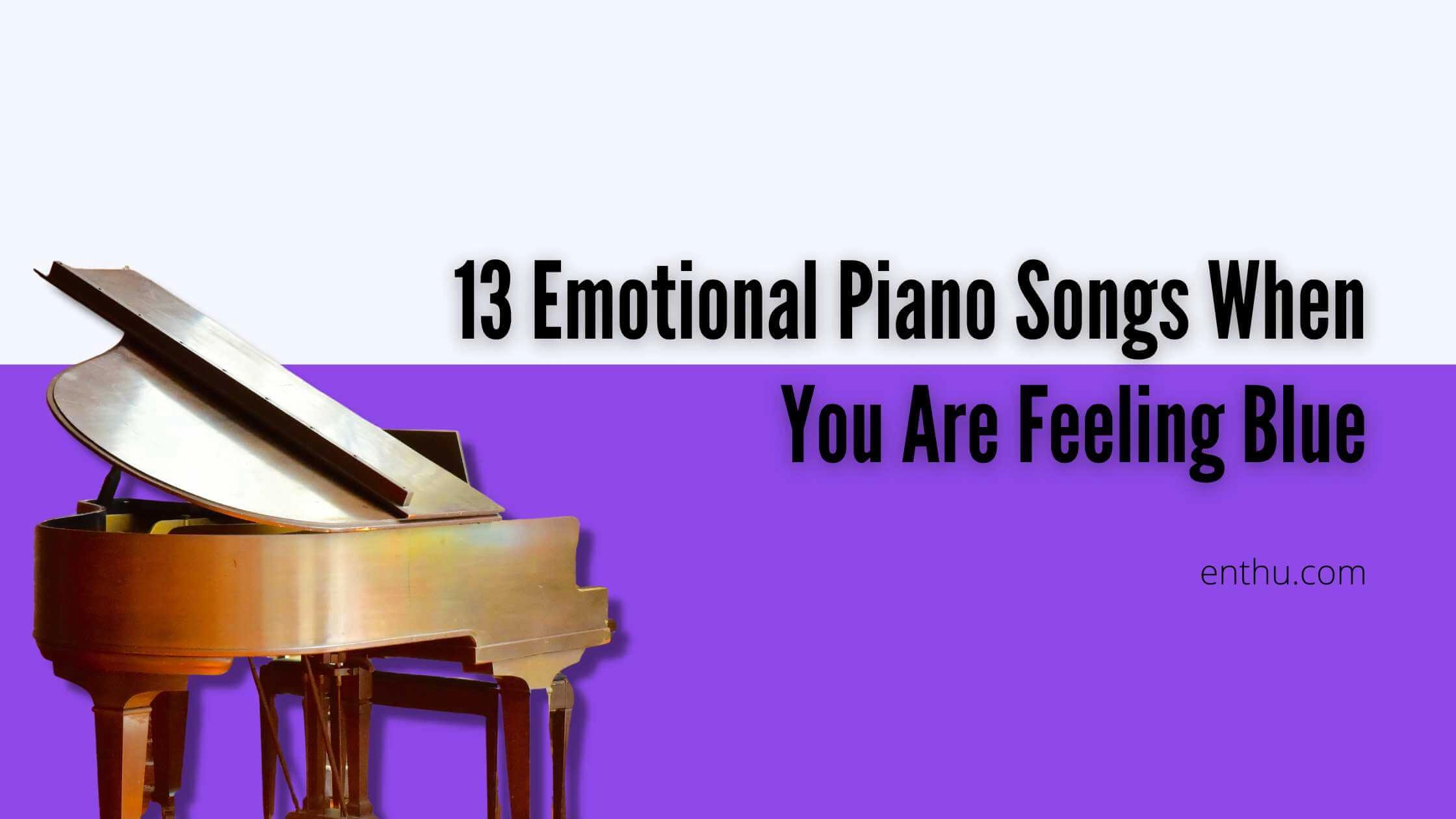
13 Emotional Piano Songs


Conclusion
Playing the E chord on the piano is a significant step in your musical journey as a beginner. But keep in mind that practice is the key to mastering this skill.
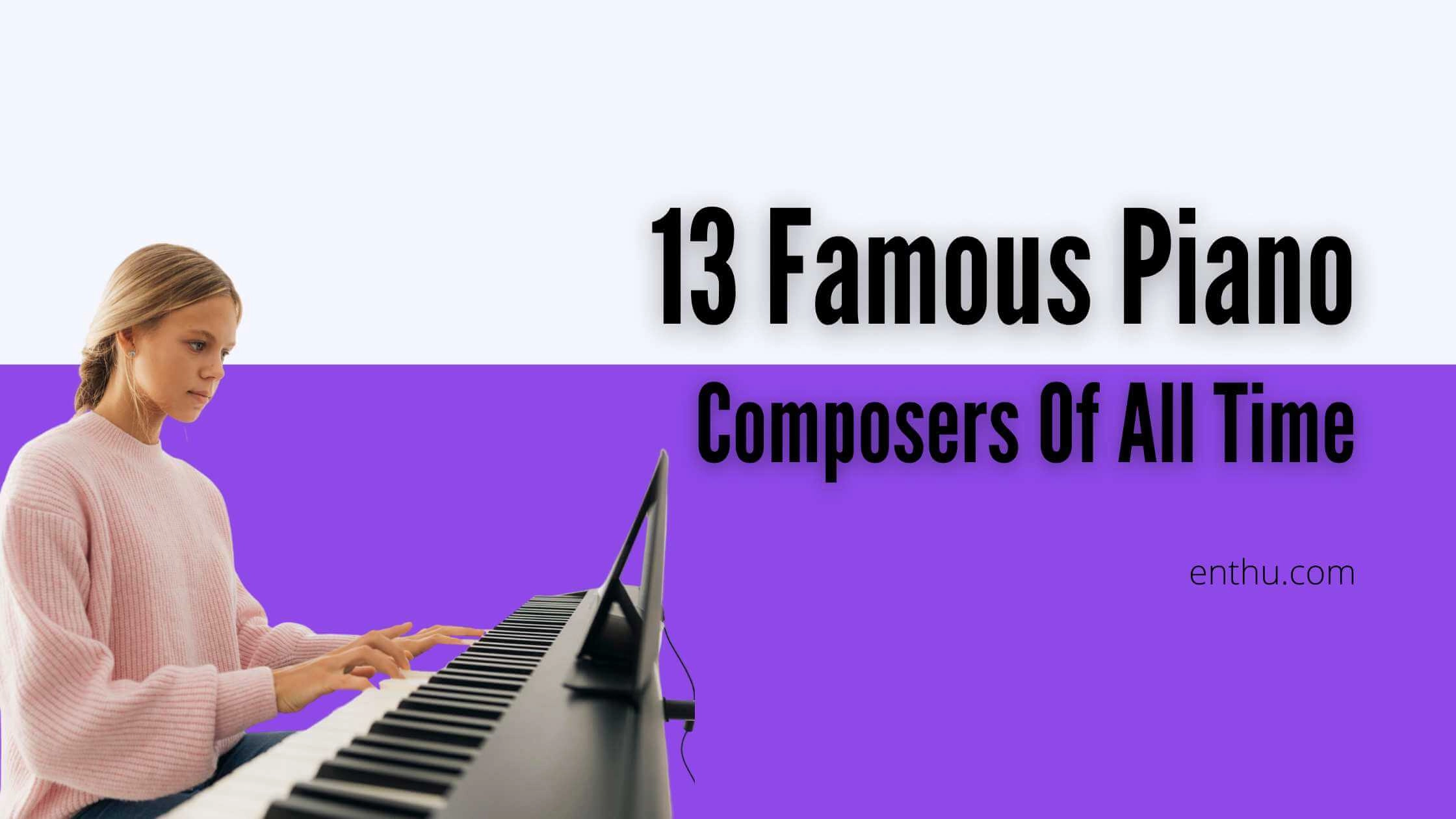
Start with the basic E chord in the root position and gradually progress to inverted versions, such as the 1st inversion with the notes G# B E and the second inversion with the notes B E G#.
With patience, dedication, and practice, you'll become a pro at playing the E chord and be ready to tackle even more exciting piano pieces, like the C major chord.
So, don't wait any longer - grab your keyboard and start making beautiful music today! Learn about our exclusive piano classes!
FAQs
1. What is an E piano chord?
The E piano chord is a basic triad chord consisting of three notes: E, G#, and B. It is commonly used in various musical genres.
2. How do you play an E major chord on the piano?
To play an E major chord, follow these steps:
Locate the note E (the first white key after two black keys).
Press E, G# (the first black key after G), and B (the next white key after A) simultaneously with your right hand.
3. What are the different inversions of the E major chord?
The E major chord has three inversions:
Root Position: E - G# - B
First Inversion: G# - B - E
Second Inversion: B - E - G#
4. Can I play an E chord on a piano with both hands?
Yes! You can play the E chord using either hand, or you can play the chord with your left hand while playing a melody with your right hand. This adds depth to your sound.
5. What are some songs that use the E chord?
Many popular songs feature the E chord, including:
"Every Breath You Take" by The Police
"I Want It That Way" by the Backstreet Boys
"Zombie" by The Cranberries
6. How can I practice transitioning to the E chord?
To practice transitioning to the E chord:
First, play the previous chord you are using.
Lift your fingers and position them correctly for the E chord.
Practice slow transitions, increasing speed gradually as you become more comfortable.
7. Are there any tips for beginners learning to play the E chord?
Here are some tips for beginners:
Start by memorizing the notes E, G#, and B.
Use a metronome to keep a steady rhythm.
Practice each note individually before playing them together.
8. How does the E minor chord differ from the E major chord?
The E minor chord consists of E, G, and B. The main difference is that the G# note is replaced with G, giving it a sadder sound compared to the brighter sound of the E major chord.
9. Is the E chord used in other contexts besides piano?
Yes, the E chord is widely used across various instruments and genres, including guitar, ukulele, and even vocal harmonies. Its versatility makes it a fundamental chord in music theory.
10. Where can I find more resources to learn piano chords?
You can find more resources from:
Online tutorials and courses on platforms like YouTube and Skillshare.
Piano method books are available at bookstores.
Apps specifically designed for learning piano.
By answering these frequently asked questions, you can gain a deeper understanding of how to play the E piano chord and how it can be integrated into your musical repertoire.

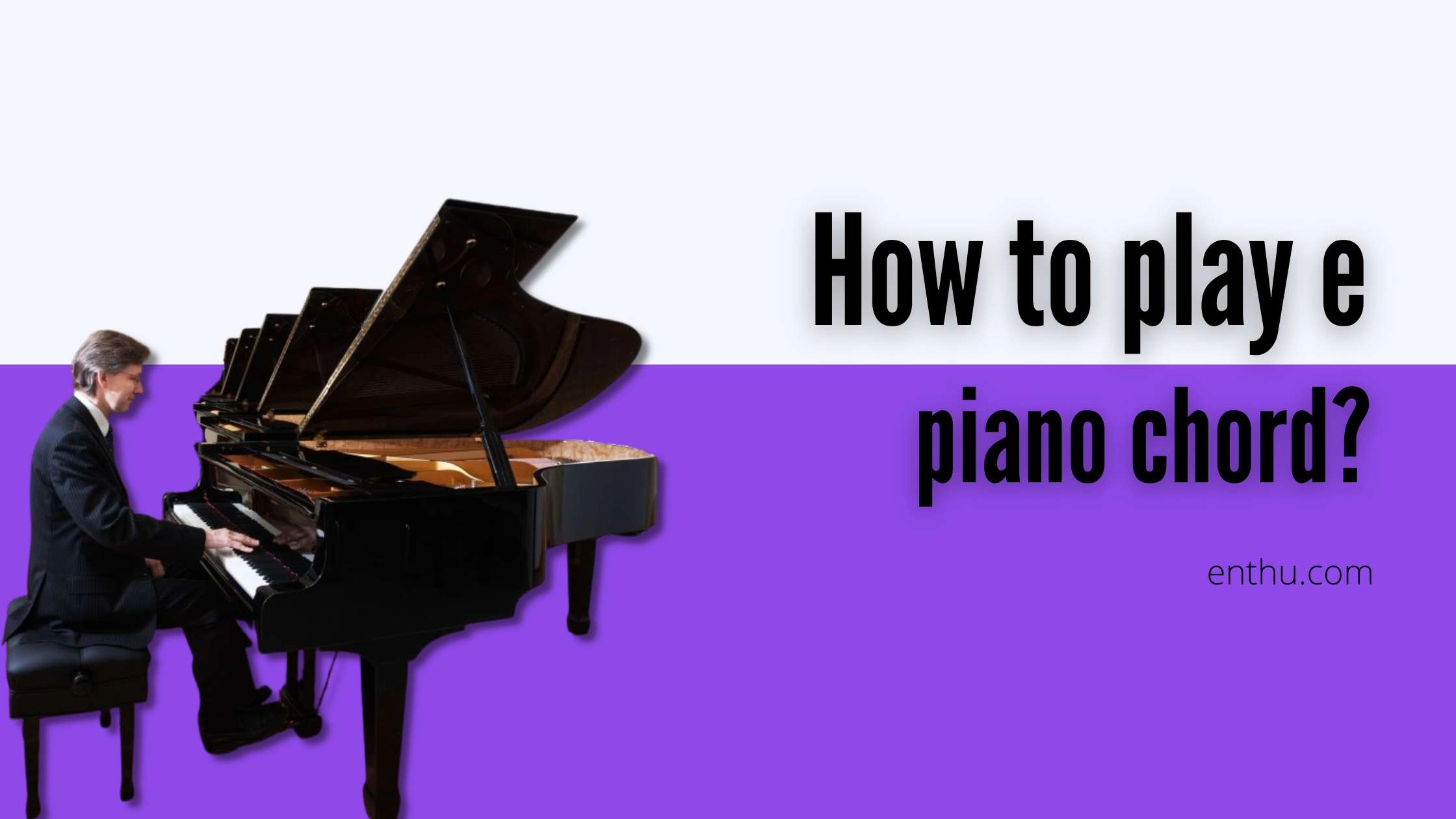
Comments